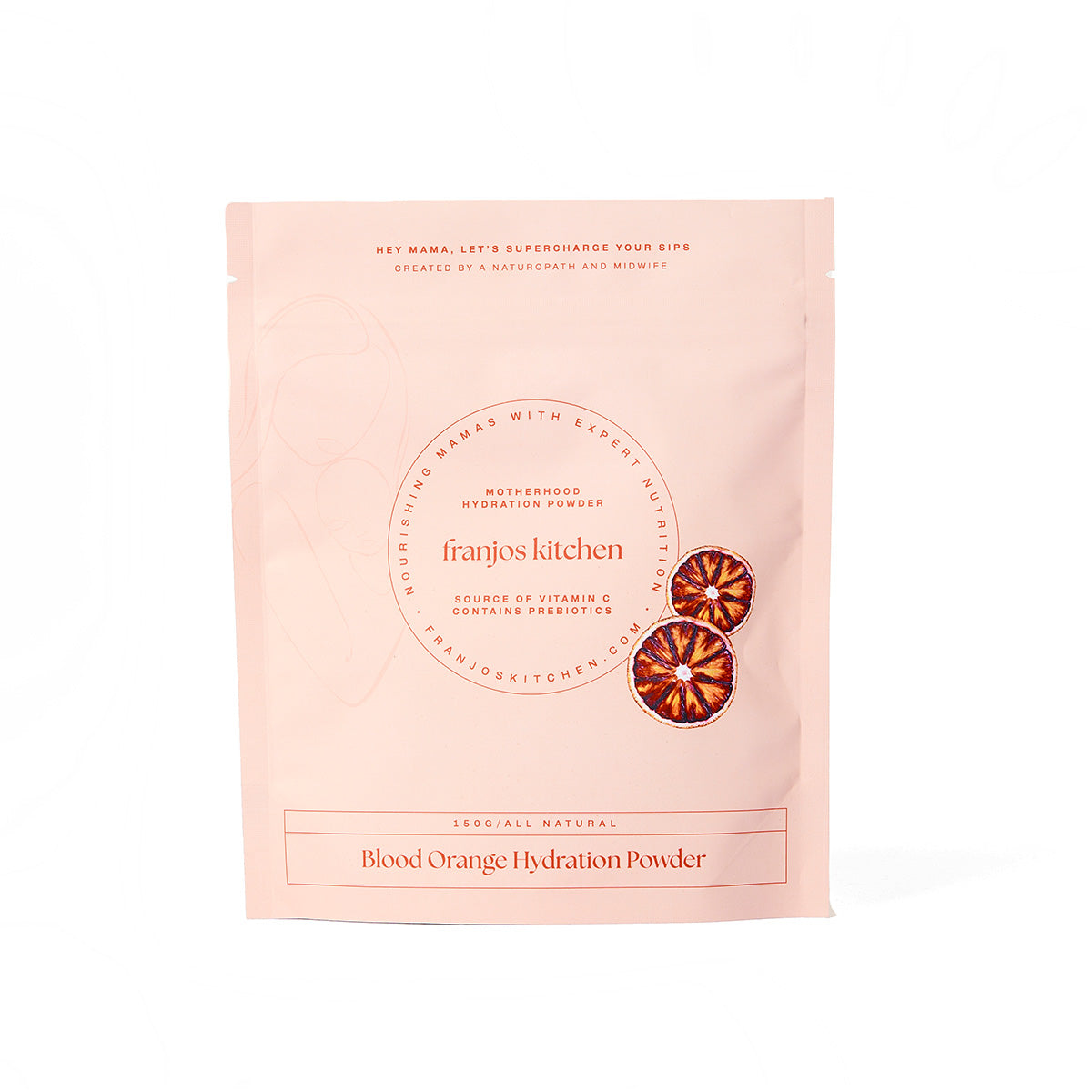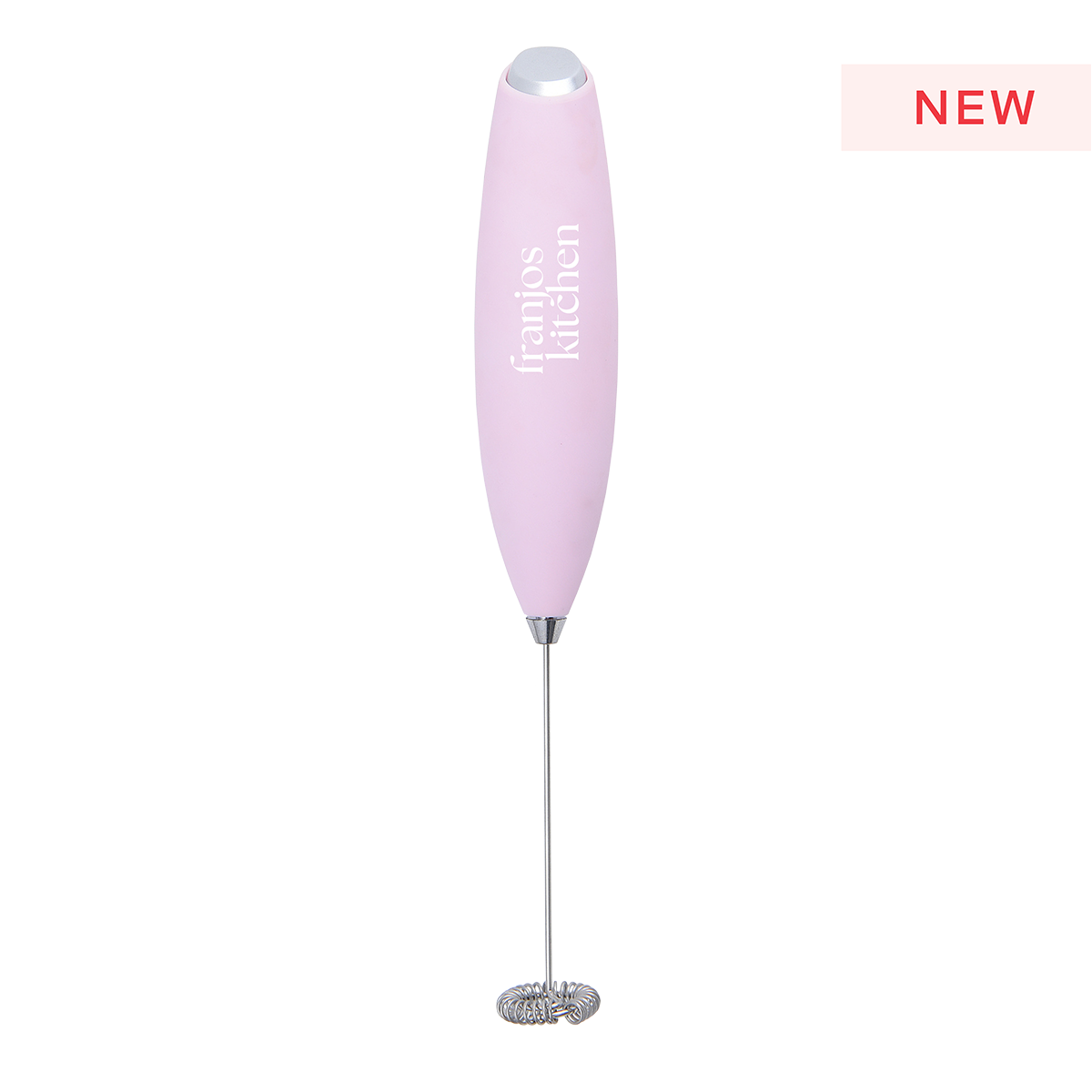Part 3: What to Expect in the Third Trimester
The third and last trimester of your pregnancy, where you will begin to slow down, nest and prepare for your little one’s arrival. You are well over half way in your pregnancy now, your baby is gaining weight and your tummy is getting bigger. As you near full term you will begin organizing your home for your baby and may choose to put together a birth plan. Although you may feel tired towards the end of the third trimester, this is a very exciting part of your pregnancy when you are so close to meeting your baby.
What is the third trimester?
A full-term pregnancy is roughly 40 weeks or nine months and is divided into three segments or trimesters - 1st, 2nd and 3rd trimester. The third trimester is the last part of your pregnancy, classified from 28 weeks to 40 weeks pregnant or whenever your baby decides to arrive! Remembering, full term is classified from 37-42 weeks. As you near the end of your pregnancy, your energy levels may decrease as your baby gets bigger and heavier to carry. Your antenatal appointments will go from every 4 weeks to every 2 weeks at the end of your third trimester, providing regular check-ups for you and bub.
What is happening internally during the third trimester?
This is the final trimester, with most of your baby’s development already occurred, they are now putting on weight and growing bigger and stronger preparing for life in the outside world (and boy can you feel it!) Our nourishing pregnancy range, from delicious, energy boosting cookies to our beautiful motherhood hydration powder, is perfect for your body at this stage.
Weeks 28- 29: your baby is around 37cm long and weighs more than 1kg, putting on weight rapidly now. Bub may still be in a breech position, but most babies will move head down in the coming weeks. Their organs are developed and they are now practicing to breath and open their eyes.
Weeks 30- 31: weighing 1.3- 1.5kg now, your baby’s reflexes are developing and they may begin to suck their hand or thumb. Their lungs are more mature and as the weeks go on they will produce surfactant, a substance that helps them breathe once they are born. They can hear sounds outside the womb now, so it is a great time to start reading or singing to your baby.
Weeks 32- 33: your baby’s weight is increasing faster than their length, now around 2kg and 40cm long. Their suck and swallow reflex is becoming more coordinated in preparation for feeding after birth. There is also more amniotic fluid in your womb, so your bump will be growing fast which may cause some discomfort in your pelvis.
Weeks 34- 35: as your baby is more than 2kg now and the amount of room in your uterus is getting less, baby’s movements may feel different and not as big as before, but they should still be moving regularly. Bub’s immune system is also developing and bones are getting stronger.
Weeks 36- 37: your baby will be around 45cm long and 2.5- 3kg now. Your healthcare provider will check what position bub is in, if they are breech you may be offered an external cephalic version (ECV) to help turn baby to head down. Baby will be sitting lower in your pelvis from 37 weeks in preparation for labour and you may feel more pressure on your cervix. Most mamas will stop work now and begin resting and preparing for the next chapter.
Weeks 38- 42: now you are full-term, your baby is ready to be born and could arrive any day! The average length for a baby at term is 50cm and average weight is 3.4kg. Your baby is covered in vernix, a creamy white film that protects their skin from the amniotic fluid, which may be seen after birth. When labour is getting close, you may lose your mucous plug, your waters might break or you will begin to feel cramps that get stronger and lead to contractions. Every labour is very different, some take hours or days, and others progress really quickly. When you think you are in labour or your waters break, touch base with your healthcare provider and let them know.
What are the signs or external symptoms of the third trimester?
A lot of signs in the last trimester are caused by your baby growing bigger in your uterus and your body adapting to this. As your baby grows your skin and ligaments continue to stretch to accommodate this. Your stomach and body will feel heavier now as your baby grows rapidly by at least 200 grams/week. Heartburn is common in this final trimester as your baby is pressing on your stomach and causing stomach acid to be pushed up your oesophagus. Sleeping becomes more difficult as your pregnancy progresses you may find you will feel more tired. As your baby is getting bigger now, their weight on your pelvic floor results in more frequent urination and often haemorrhoids. You may experience braxton hicks in the third trimester, which are practice contractions when your uterus tightens in preparation for labour. Braxton hicks are normally irregular, not painful and last 30 seconds, and may occur for a few hours at a time before fizzling out. Around 37 weeks your baby should start descending lower into your pelvis in preparation for labour, although some babies don’t engage in the pelvis until the day of birth. Increased vaginal discharge from 36-37 weeks is also normal, as well as leg cramps, back pain and fluid retention causing mild swelling. You may also find this last trimester an emotionally challenging time in pregnancy; you may feel worried about birth, you may feel down, tired and uncomfortable. Lean on your loved ones, finish up work and enjoy precious time to yourself and with your partner before you meet your bubba.
Things to remember and consider as you near the end of your third and final trimester:
- Keep eating a balanced diet and maintaining hydration
- Be aware of your baby’s movement pattern. If you think there is decreased or reduced movement from your baby, ensure to present to hospital for assessment
- Sleeping on your side from 28 weeks is really important to reduce risk of stillbirth. Lying flat on your back reduces the blood flow to your baby and decreases their oxygen supply
- Early in the third trimester your healthcare provider will discuss importance of whopping cough vaccine for you, your partner and close family members
- Stay active if you can with safe gentle exercise. This will help get your baby in an optimal position for labour and birth
- Have your hospital bag packed around 36 weeks and close to the front door or in the car
- Organize a baby car seat to be professionally fitted
- Know where your birth location is and the quickest route in preparation for labour, it’s also a great time to book a tour of the hospital or birth centre if you’d like
- Make a plan for other children or pets when you have your baby
- Prepare meals in advance to keep in the freezer for when you get home with bub, or order some online meals to be delivered
- Think about your birth plan or preferences that you want for your special day. Have an idea of what pain relief options you might want to use, the support people you want present and from 37 weeks pregnant you may choose to prepare for labour by undertaking perineal massage or antenatal expressing (after clearance by healthcare provider).
*Contact your healthcare provider immediately if you; have any vaginal bleeding, feel reduced or no fetal movements, have green/ yellow discharge or fluid present, experiencing headaches and visual disturbances, or are ever concerned about you or your baby for any reason.
Goodluck, and it is now time to begin preparing for the fourth trimester with your baby! Shop our delicious breastfeeding and postpartum range, in preparation.



